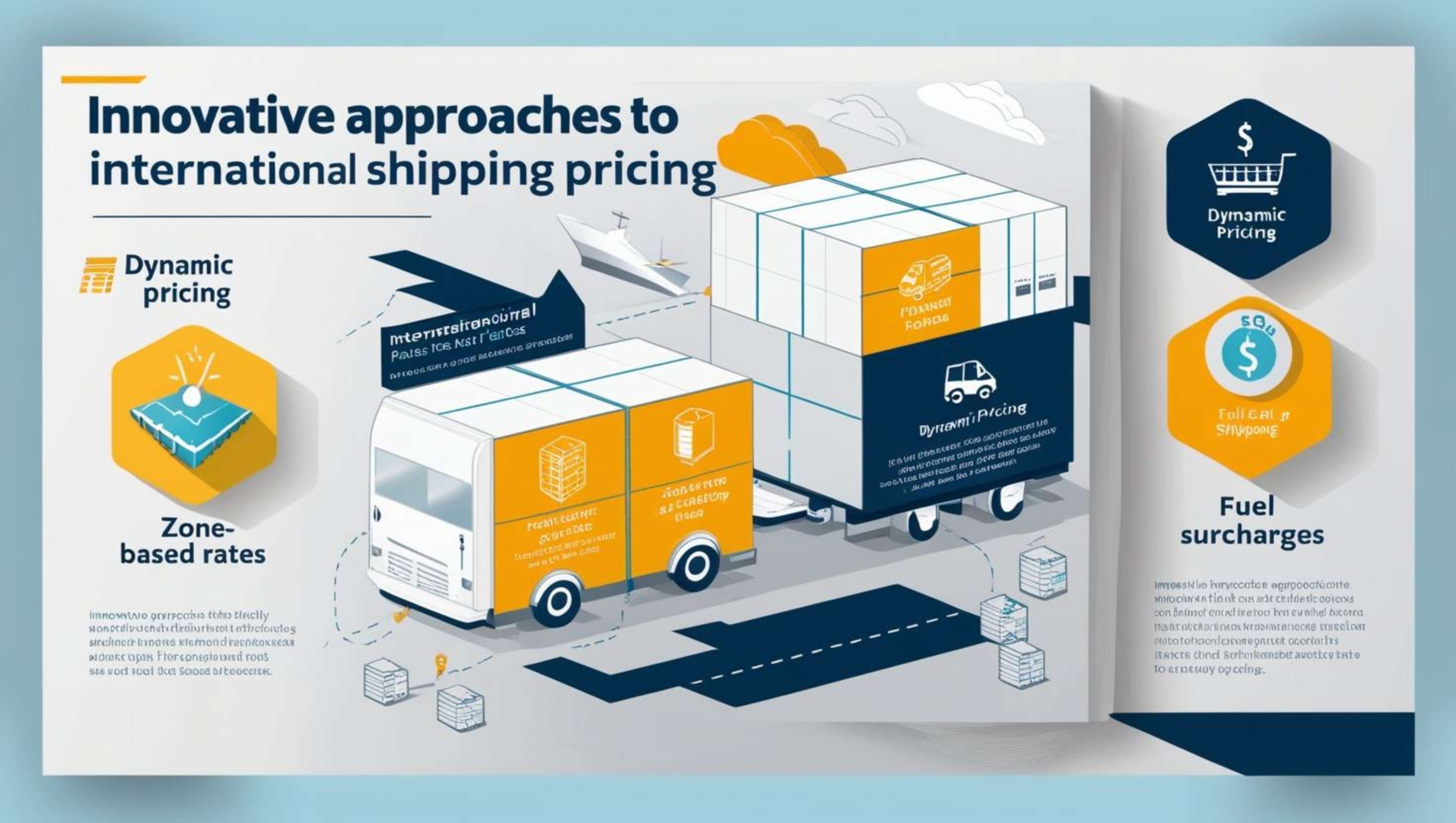
In the fiercely competitive arena of international delivery services, pricing for shipping is both an art and a science. With the rise of e-commerce, global trade, and customer-first logistics, businesses must find ways to offer competitive rates while maintaining profitability and service quality. Innovative pricing strategies, powered by technology and data, are reshaping how logistics providers approach cargo shipping, logistics shipping, and service cargo.
Unlike domestic shipping, international pricing involves a multitude of variables: distance, weight, dimensions, destination, customs duties, fuel surcharges, and more. Add to this the volatility of global markets, fluctuating demand, and diverse regulatory environments, and it’s clear why traditional flat-rate models often fall short.
Customers-whether B2B or B2C-expect transparency, fairness, and flexibility. They want to know exactly what they’re paying for, with no hidden fees or surprises at checkout. Meeting these expectations requires a shift from static pricing to more dynamic, customer-centric models.
Dynamic pricing leverages real-time data to adjust shipping rates based on current market conditions, capacity, and demand. By integrating with tracking shipping and logistics management systems, providers can offer rates that reflect actual costs and service levels.
Profit Optimization: Adjust rates in response to demand spikes, fuel price changes, or capacity constraints.
Customer Alignment: Offer tailored rates based on customer preferences, shipment urgency, and historical data.
Market Competitiveness: Stay agile and responsive to competitor pricing and market trends.
For example, during peak holiday seasons, dynamic pricing allows logistics providers to manage demand and maximize revenue, while offering discounts during off-peak periods to attract more business.
Transparency is crucial for building trust in international shipping services. Innovative tools such as duty calculators, landed cost estimators, and real-time rate calculators empower customers to make informed decisions.
Duty calculators integrate with customs databases and HS code mapping tools to provide accurate estimates of import duties, taxes, and fees. By displaying these costs upfront, businesses can avoid unpleasant surprises for their customers and streamline the checkout process.
For B2B shipments, transparent pricing helps companies manage budgets and plan for total landed costs. For B2C, it reduces cart abandonment and increases conversion rates.
Offering multiple service levels-economy, standard, express-gives customers the flexibility to choose the option that best fits their needs and budget. Hybrid models, which combine flat rates for certain zones with dynamic pricing for others, allow for greater customization and control.
For instance, a business might offer flat-rate shipping within a specific region but apply dynamic pricing for long-haul or high-value shipments. This approach balances simplicity with accuracy, catering to diverse customer segments.
Free shipping remains a powerful incentive, especially in e-commerce. By setting minimum order values for free shipping, businesses can increase average order sizes while absorbing shipping costs into their margins. This strategy is particularly effective for international courier service providers targeting B2C customers.
Modern logistics services are increasingly powered by technology. Advanced pricing engines use machine learning algorithms to analyze historical data, forecast demand, and optimize rates. Integration with tracking logistics platforms ensures that pricing reflects real-time conditions, such as weather disruptions or route changes.
APIs enable seamless communication between e-commerce platforms, shipping calculators, and logistics providers, ensuring that customers always see the most accurate and up-to-date rates.
Customer feedback is invaluable for refining pricing strategies. By analyzing feedback on shipping costs, delivery times, and overall satisfaction, businesses can identify pain points and adjust their models accordingly. This customer-first approach not only improves retention but also enhances the overall value proposition.
Innovative pricing is not without its challenges. Balancing profitability with competitiveness requires constant monitoring and adjustment. Regulatory changes, currency fluctuations, and geopolitical events can all impact shipping costs.
To succeed, logistics providers must:
Stay Agile: Continuously update pricing models in response to market changes.
Invest in Technology: Adopt advanced pricing and tracking tools for greater accuracy and efficiency.
Prioritize Transparency: Clearly communicate all costs, including duties and surcharges, to avoid customer dissatisfaction.
Educate Customers: Provide resources and support to help customers understand shipping options and costs.
As global logistics becomes more interconnected, pricing strategies will continue to evolve. The future will see greater personalization, with rates tailored to individual customer profiles, shipment histories, and preferences. Sustainability will also play a larger role, with green shipping options and carbon offset programs integrated into pricing models.
Innovative approaches to pricing for shipping are essential for success in international delivery services. By embracing dynamic pricing, leveraging technology, and prioritizing transparency, logistics providers can deliver value to both businesses and customers. In a world where expectations are higher than ever, those who innovate will lead the way in global trade, building trust, loyalty, and long-term growth.